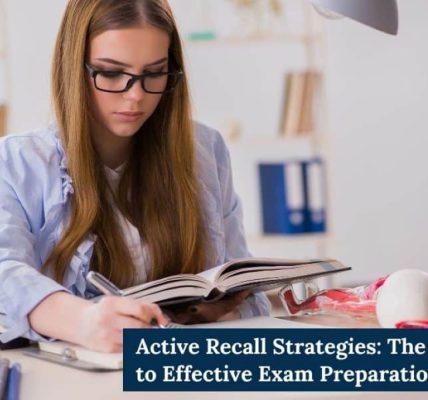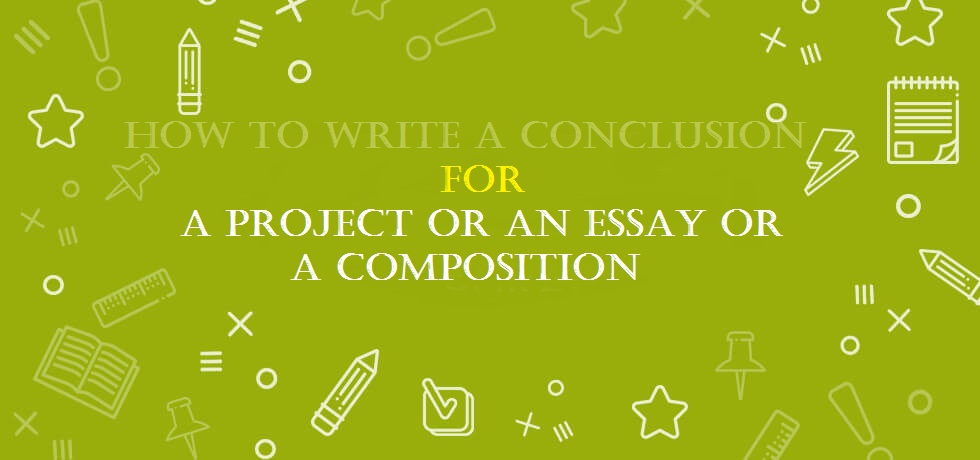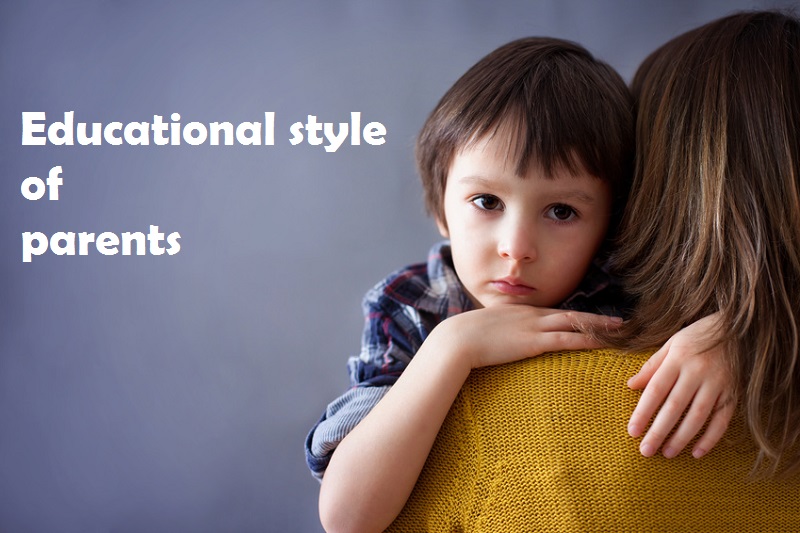How to study better? How to study better to learn better? Today’s article is inspired by an interesting infographic that I discovered relatively recently and that I found very interesting. Many significant data can be obtained from the content of this infographic. The one that struck me the most is the percentage of success in how to study better. Hence I want to share it with you, contributing my vision and developing the seven ways to carry out an apprenticeship.
Methods on how to study better

1. Audio (5-10%)
I directly relate this method to the masterful and unidirectional explanation in the classroom. Unfortunately, abuse is still being done today, and the results or benefits of it are not always as satisfactory as one would want. With this, I do not mean that the master explanation should disappear, but I certainly believe that there are methods to learn to study more effectively.
2. Reading (10-15%)
Read. Read to understand. Read to learn. The success of reading-based learning is linked to different variables. Among them, I would highlight the reading speed and mastery of vocabulary. I think that at certain ages. It is an excellent way of learning and more if it is reinforced with images. On how to encourage the reading of your children at home, I recommend reading the article entitled 10 Tricks so that your children want to read at home.

3. Audiovisual (20-25%)
I would dare to say that learning through an audiovisual approach is one of the most widely used lessons in the classroom today. I think it is very important in the acquisition of any learning that combines both the audio part. It could be the teaching aloud of a teacher and the images that accompany this teaching.
Every day the number of classrooms equipped with equipment that allows really effective interaction between what is taught and the reinforcement of said explanation is increased by using projected images, presentations, and videos, for example, with the help of digital whiteboard. The visual content makes it possible to reduce the teacher’s master explanation and makes the student more involved in the learning.10 Reasons to use the digital board in class.
4. Demonstration (25-30%)
It can and should be taught by demonstrating. I think it is a very valid learning method. It underlies a fundamental aspect for me, and it is none other than to attest that what you teach has usefulness in real life. Through the demonstration, the student can perceive that what he learns can be useful at some time, and that will improve his attention, interest, and personal motivation.
5. Discussion (35-50%)
Discussion, argumentation, debate, sharing are learning strategies with a high value in consolidating any type of learning. With the discussion, the student knows other points of view through the exchange of opinions. Also, the discussion fosters values such as respect, tolerance, understanding, and the ability to analyze. It is also useful for reaching consensus, that is, reaching common points among the members of a discussion. With the discussion, the dialogue is valued as a valid resource for conflict resolution.
6. Practice (50-75%)
Just as the audio or the master explanation is mainly focused on the content, what it is about is to gradually displace the strictly theoretical content of the classroom and make the performance of procedures in the classroom gain weight. This is how what is known as the upside-down or flipped classroom class is focused, where the theoretical content is preferably done outside the classroom and within it, cooperative work and group activities are encouraged.
The use of the practice in the classroom also favors that as a teacher, you can attend more and better to the students of the classroom, especially those who present some type of difficulty in learning if you want to know more about what is meant by flipped classroom.

7. Teach others (90%)
Getting a student to be able to teach others is undoubtedly one of the biggest challenges that current education must pursue. Projecting the teaching of one student to another what is facilitated is the autonomous development of the teaching-learning process of said student.
Teaching to teach allows the student to put themselves in the shoes of the teacher, assume their role in the classroom, and realize the challenge of teaching. Teaching to learn shows that the teacher does not have absolute knowledge, does not have absolute knowledge. And, of course, it is one of the most effective ways to consolidate any learning.
In conclusion
I think you will agree with me that the percentage that appears in each type of learning is merely indicative. Even so, I want to think that it has a certain meaning and serves to reflect on what is the method that you most frequently applied in the classroom.
From this article, I would like you to draw as a conclusion that, although all methods facilitate learning, some have a higher success rate than others. The problem is that those that work best are not always the ones you apply in the classroom. Moreover, surely, many of them put them into practice rarely. At least it happens to me. But the key is to reflect not only on WHAT you teach.
I think you have to be much more ambitious and give the importance you deserve to teach in the classroom. The quality of your students’ learning will depend greatly on the reflection and your determination to improve the teaching-learning process of your students. Do you accept the challenge?









